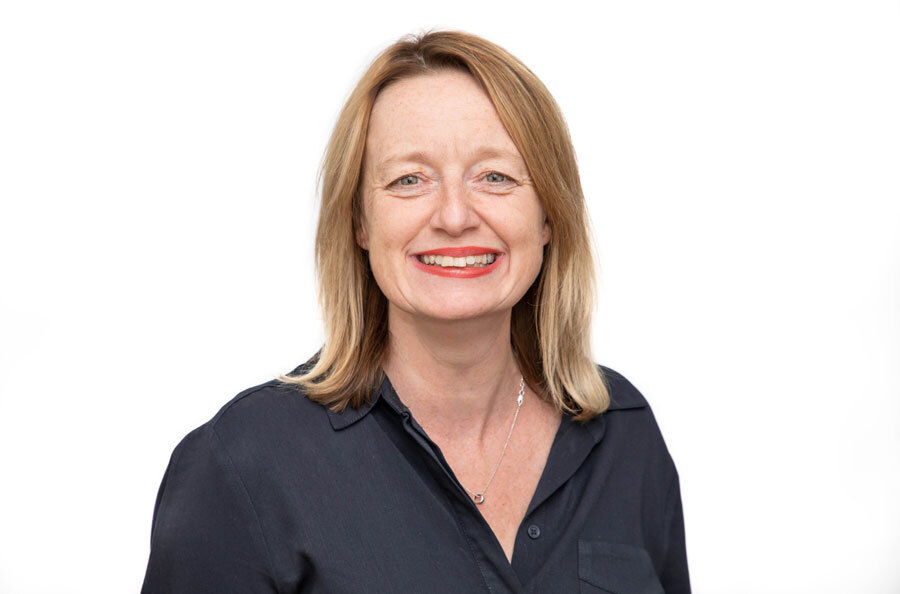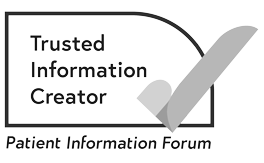The kidneys and ureters
About the kidneys
Most people have 2 kidneys. They sit in the tummy (abdomen), towards the back of the body. There is 1 on each side of the backbone (spine), just underneath the back of the ribcage.
The kidneys are part of the urinary system. They filter the blood to remove excess water and waste products. These are made into urine (pee).
On top of each kidney, there is a small gland called the adrenal gland. This makes hormones. A layer of fat surrounds the kidneys and adrenal glands. This is contained in a capsule of fibrous tissue.
What do the kidneys do?
The kidneys clean the blood and keep anything the body needs. This helps control the balance of fluid, salt and minerals in the body. It also helps maintain blood pressure.
Blood goes to the kidneys through large blood vessels called the renal arteries. Inside each kidney, there are millions of tiny filters called nephrons. The nephrons start in the part of the kidney called the cortex and extend into triangle-shaped areas called renal pyramids.
The nephrons clean the blood by removing waste products and extra water. This is then turned into urine (pee). The filtered blood goes back to the rest of the body through the renal veins.
Related pages
The ureters and renal pelvis
The urine collects in the middle of each kidney in an area called the renal pelvis. Urine drains from the kidneys through a long, muscular tube called a ureter.
Each kidney has a ureter that connects to the bladder. Urine is stored in the bladder before it leaves the body through a tube called the urethra.
Kidney cancer and the lymphatic system
Sometimes kidney cancer can spread to lymph nodes close to the affected kidney.
The lymphatic system helps protect us from infection and disease. It is made up of fine tubes called lymphatic vessels. These vessels connect to groups of small lymph nodes throughout the body. The lymphatic system drains lymph fluid from the tissues of the body before returning it to the blood.
Related pages
About our information
This information has been written, revised and edited by Macmillan Cancer Support’s Cancer Information Development team. It has been reviewed by expert medical and health professionals and people living with cancer.
-
References
Below is a sample of the sources used in our kidney cancer information. If you would like more information about the sources we use, please contact us at informationproductionteam@macmillan.org.uk
Ljunberg B, Albiges L, Bedke J et al. European Association of Urology Guidelines on renal cell carcinoma. 2023. Available from https://uroweb.org/guidelines/renal-cell-carcinoma
Powles T, Albiges L, Bex A, et al. Renal cell carcinoma: ESMO Clinical Practice Guideline for diagnosis, treatment and follow-up. Ann Oncol. 2024 May 22. Available from: https://doi.org/10.1016/j.annonc.2024.05.537

Reviewer
Consultant Medical Oncologist in Renal and Skin Cancers
Royal Marsden Hospital, London
Date reviewed

Our cancer information meets the PIF TICK quality mark.
This means it is easy to use, up-to-date and based on the latest evidence. Learn more about how we produce our information.
The language we use
We want everyone affected by cancer to feel our information is written for them.
We want our information to be as clear as possible. To do this, we try to:
- use plain English
- explain medical words
- use short sentences
- use illustrations to explain text
- structure the information clearly
- make sure important points are clear.
We use gender-inclusive language and talk to our readers as ‘you’ so that everyone feels included. Where clinically necessary we use the terms ‘men’ and ‘women’ or ‘male’ and ‘female’. For example, we do so when talking about parts of the body or mentioning statistics or research about who is affected.
You can read more about how we produce our information here.




